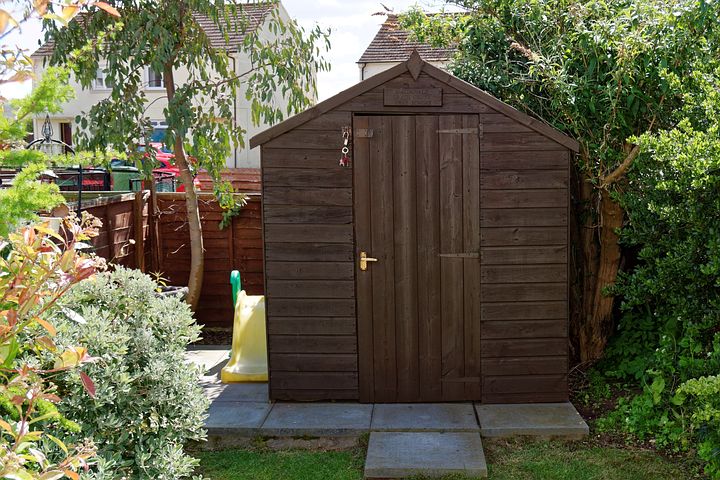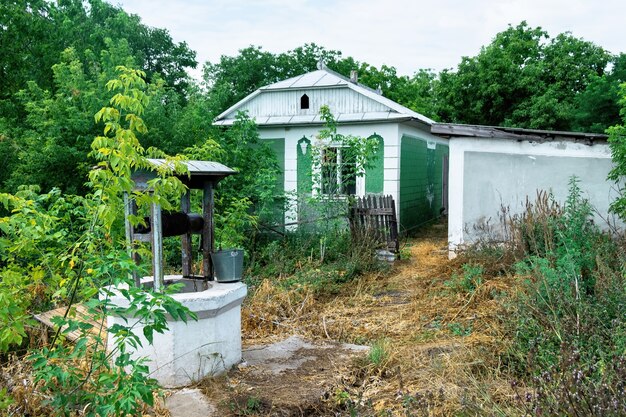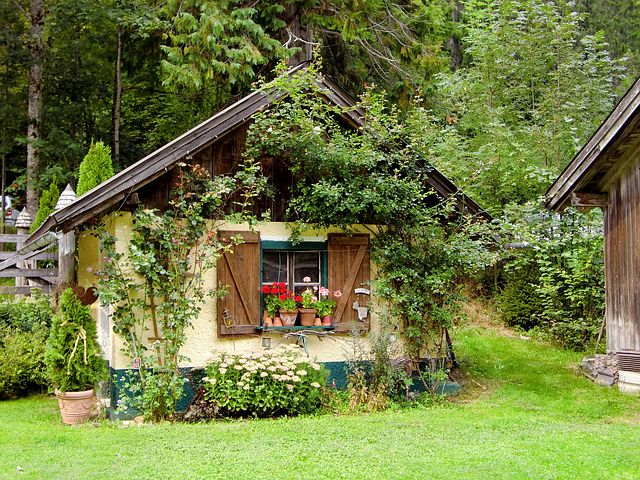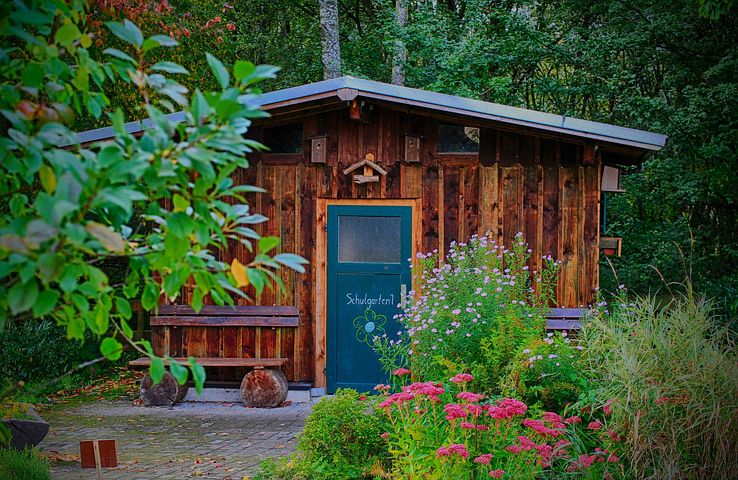DIY Shed Kit Maintenance and Care: How to Keep Your Investment in Top Shape


How to Choose the Right Garage Shed for Your Needs: Size, Material and Design Options
August 15, 2023

5 factors to keep in mind when choosing the right Garden Shed
August 15, 2023A shed is a valuable addition to any property as it provides an additional space to store tools, equipment, and other items. DIY Shed kits are a popular option for homeowners who want to save money by assembling their sheds themselves. However, once you have built your shed kit, it is important to take care of it to ensure it remains in top shape. In this blog, we will discuss some DIY shed kit maintenance and care tips to help you protect your investment in the long run –
Regular Cleaning
One of the essential maintenance tasks for a shed is regular cleaning. You should clean your shed at least once every six months or as needed. This process involves removing any debris or dirt that has accumulated on the shed’s surface as it can cause damage over time. You can use a broom, brush, or power washer to clean the shed’s exterior.
To clean the inside of your shed, you can use a broom or a duster to clean the floor and shelves to remove any debris. It is also important to check for any signs of pests such as rodents, insects, or spiders. If you notice any signs of pest infestation, you should take immediate steps to control and eliminate the problem.
Regular Inspections
The roof is one of the most important parts of your shed as it provides protection from external elements. This is why regular inspections are necessary to ensure that your shed is in good condition. You should inspect your shed at least twice a year, ideally before and after the winter season. Inspections involve checking for any signs of damage or wear and tear, such as cracks, splits, or rot.
You should also check the roof for any signs of damage or leaks as a damaged roof can cause water to enter the shed. This can lead to structural damage or mould growth. If you notice any signs of damage or wear and tear, you should address the problem immediately to prevent further damage.
Repair and Maintenance
Repair and maintenance are crucial for ensuring the longevity and durability of your shed. If you notice any signs of damage or wear and tear during your inspection, you should take immediate steps to repair the problem.
For example, the doors and windows of your shed are quite important for providing access and ventilation. This is why they should be maintained regularly to ensure that they function properly. If you notice a crack in the wood, you should fill it with wood filler and sand the area to smoothen it. You can also check the hinges and locks on the doors and windows, and lubricate them as needed. If you notice any damage such as cracks or warping, repair them immediately. Similarly, if you notice any signs of rust on metal parts, you should remove the rust and apply a rust inhibitor to prevent further damage.
Along with this, you should also look out for signs of pest infestation. Rodents and insects can damage your shed and its content. To prevent this from happening, you should seal any cracks or gaps in the shed. You can also install screens on the windows and vents. Additionally, you should avoid storing food or other items that are known to attract pests. To prevent pest infestation right from the beginning, make sure to keep your shed clean and dry.
Stain or Paint
Staining or painting your shed can help to protect it from the elements and extend its lifespan. At least once every five years, you should stain or paint your shed. The number of times your shed requires this process depends on the quality of the stain or paint you use.
Before carrying out this process, you should always clean the surface thoroughly to remove any debris or dirt. You should also ensure that the surface is completely dry before applying the stain or paint. To ensure a smooth surface finish, apply the stain or paint in thin layers and let each layer dry properly before starting with the next one
Proper Ventilation and Drainage
Built-up moisture inside the shed can lead to mould growth. This can damage the shed’s structure and the contents inside it. To prevent this from happening, providing proper ventilation inside the shed is essential. You can do so by installing vents on the roof or walls of your shed.
Similarly, it is important to provide proper drainage for your shed. Otherwise, the shed will suffer from foundational and structural damage, such as rotting, due to water pooling around the shed’s foundation. To prevent this, make sure that the foundation of your shed is levelled and that it is located in an area with proper drainage facilities.
Proper Storage
Storing your items in a proper manner inside the shed can also help in ensuring the shed’s durability. It is advised to not store items on the walls of the shed as this can lead to warping or damage. You should also avoid storing any items directly on the floor, as this can trap moisture which would eventually lead to mould growth. Similarly, you should avoid storing food and other items that might attract pests such as rodents or insects.
Instead, you should use shelves or storage containers to organise and store your items. You can also use a dehumidifier to control moisture levels inside the shed. In case of a pest infestation, you should immediately get it eliminated as it can severely damage the shed.
Maintain the foundation
The foundation of your shed is an essential part of its overall stability. It prevents moisture from seeping into the shed. So in order to maintain the foundation, you should ensure that it is rightly levelled and free of any cracks or damage.
To make your foundation stronger and more resistant to moisture, you can also apply a sealant to it. In case you notice any damage or cracks, repair them immediately. If you leave these factors unattended, they can cause irreversible damage to the foundation.
Protect against weather damage
Weather can cause significant damage to your shed. Especially during severe storms or harsh winter weather, you need to protect your shed from weather damage. In order to do this, you should ensure that the shed’s roof is secure and free of any leaks or damage. Along with this, you should also secure any loose items inside the shed. It is also important to trim trees and branches that may fall on the shed during bad weather such as storms or heavy rain. It is also advised to insulate the shed to prevent any damage from extremely freezing temperatures.
In conclusion, a shed kit is a valuable addition to any property as it provides additional storage space for tools and equipment. However, it is essential to maintain and care for your shed to ensure it remains in top shape. By taking the steps mentioned above, you can protect your shed from damage and ensure that it remains in top shape for many years to come.
If you are looking to build a shed for yourself, look no further than DIY Shed Kits by Outside Garages and Sheds. Our kits are durable and very easy to assemble. You can also get your kits customised in order to match the overall aesthetics of your house. We also provide shed accessories such as roof vents, insulation systems, security screens, etc. With us, you can be confident that your DIY Shed kit will not just provide you with extended storage space, but will also add value to your property in the long run. So what are you waiting for? Get in touch with us to get started on your DIY Shed kit project!




